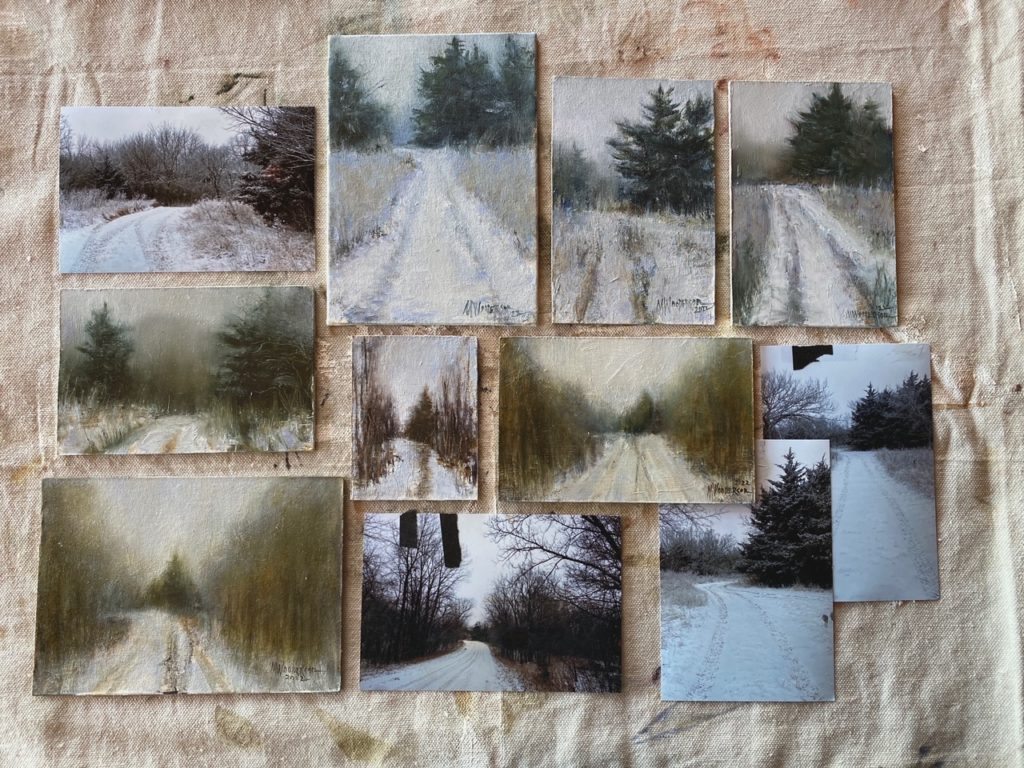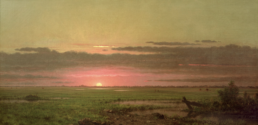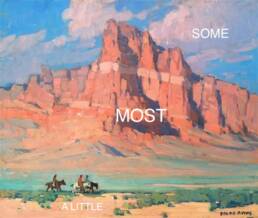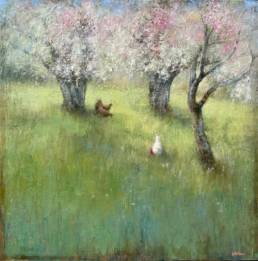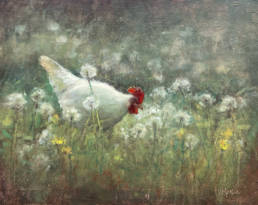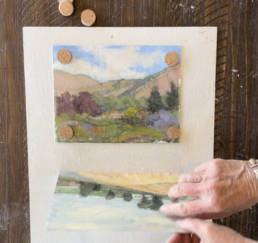Getting out and sketching in the field is one of the best disciplines for any landscape painter.
Observations in nature will enhance your artistic sensitivity to color, value, perspective, design and edges, just to name a few!
On Instagram, I enjoy following the artistic journey of Michelle Wooderson @mishwooderson because her account is so beautiful and interesting! Michelle challenged herself to paint 100 small paintings in the field (plein air painting). From this experience, Michelle has totally transformed her art. Here is her story…
From Field Sketch to Art Studio
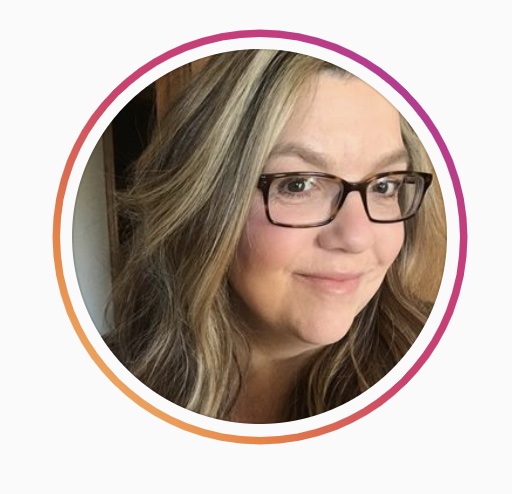 Five years ago, oils were a completely new medium to me. I had a lot to learn about landscape painting, so I started doing my research.
Five years ago, oils were a completely new medium to me. I had a lot to learn about landscape painting, so I started doing my research.
There was one common thing landscape artists kept saying, “you have to paint from life to see significant improvement.”
I’m a disciplined learner and a nature lover, so I gathered some art supplies and challenged myself to paint 100 small meadow paintings in 5 months. So, I created a composition pencil sketchbook and a color sketchbook on oil paper (You can find the paintings using #my100meadowsproject on Instagram).
“I learned two very important lessons while completing my 100 small oil studies.”
~Michelle Wooderson
One: Nature is the best teacher.
I learned that being able to sit in the landscape to consistently study composition, color, and values is essential for growth.
Two: Photographs are not a good way to learn how to paint.
There were times I had to paint from a photograph due to bad weather, but I also discovered that photographs are not as good as real life. In photography the image is flattened, the dark values are too dark and the lights are blown-out making the colors and values distorted. I was literally copying what I saw in photographs but it still didn’t give me the results I desired.
Fast forward to a few years, I gained some skills and continued to paint landscapes outdoors. I also developed the mindset that I only wanted to paint from life and not copy photos.
But due to uncooperative weather and having to care for my elderly parents, there were huge gaps in my painting sessions. Painting consistently is crucial for improvement, and I knew something had to change.
So, I started researching how others painted outdoors. Apparently, it common for artists to paint smaller studies and then use them as inspiration for larger studio paintings.
This inspired me, so I studied artists even more closely. I discovered new practices that totally changed the way I approach outdoor painting. This was a total game changer.
I saw artist Scott Christensen, an Idaho landscape painter, use a kraft paper sketchbook to make simple gouache or oil sketches. These only took about 30 minutes to create. Most of the sketches were more like gestures, just capturing color notes and composition.
Soon I discovered many other artists studied from life in short sessions. They were all onto something, and I wanted in on the action! I got to work filling my own kraft paper sketchbooks.
Since then, I have developed my own way of making the most of my creative time outdoors. I’ve even learned how to embrace using photos in the studio.
Let me share my process for sketching in the field!
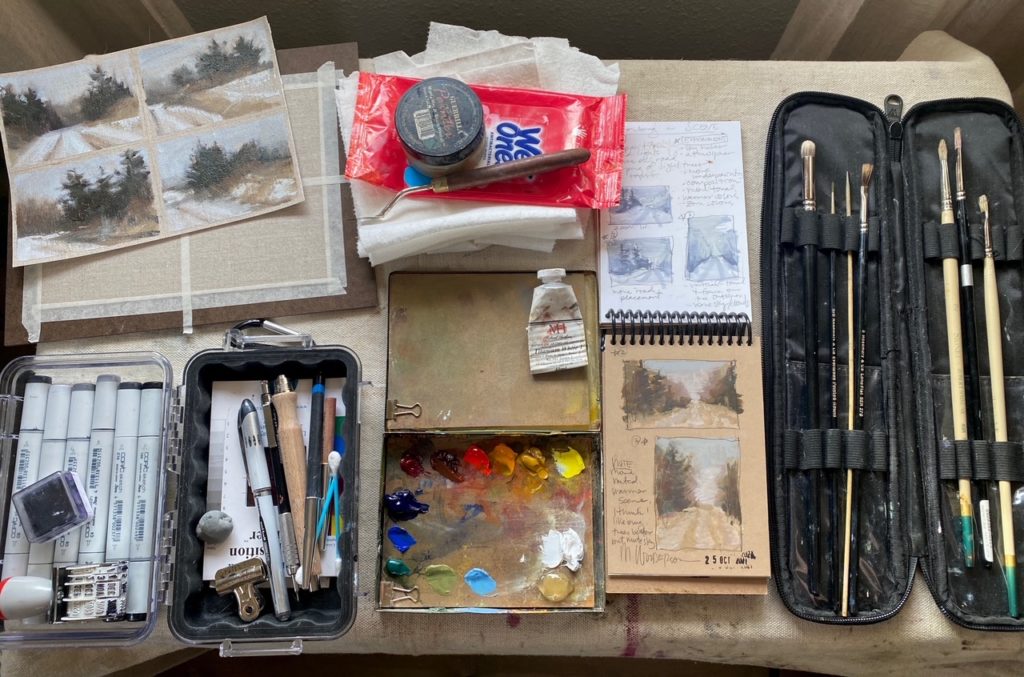
First, I made an oil sketching kit that is always packed and ready to go. My kit consists of the following:
- A small toolbox dedicated to making value sketches (includes gray scale markers, pencils, a value finder and white paper sketchbook)
- Kraft paper sketchbook or pieces of primed linen taped onto board
- A small handmade oil kit pre-filled with paints
- A dab of Gamblin solvent free gel medium
- A small selection of paint brushes
- Palette knife
- Paper towels torn off the roll and folded
- Small jar of Gamsol to clean brushes
- Wet Wipes for easy clean up
- If traveling, I take along my paint tubes for refills and my tripod and a larger paint box
The real beauty of this sketching kit is that it packs in a very small bag. It’s perfect for short outings or even vacations when you want to paint but don’t want to pack a heavy backpack full of gear.
Here you can see what a typical outdoor painting session looks like these days – a value/composition sketch along with a simple color study. This gives me all the information needed to create more detailed paintings back in the studio.

I also take some good photos on my iPhone for composition and more details. Then I can spend an hour and fill my sketchbooks with new inspiration.
Recently, I did a month-long study on evergreens. I was able to use my outdoor oil studies and sketches to inform my studio painting. Here’s some of the outdoor sketches I collected.

In the studio I use the outdoor studies along with photos to create new paintings. I have learned over time how to primarily rely upon my outdoor painting experiences and only use my photos for reference. I don’t need to copy photos anymore!
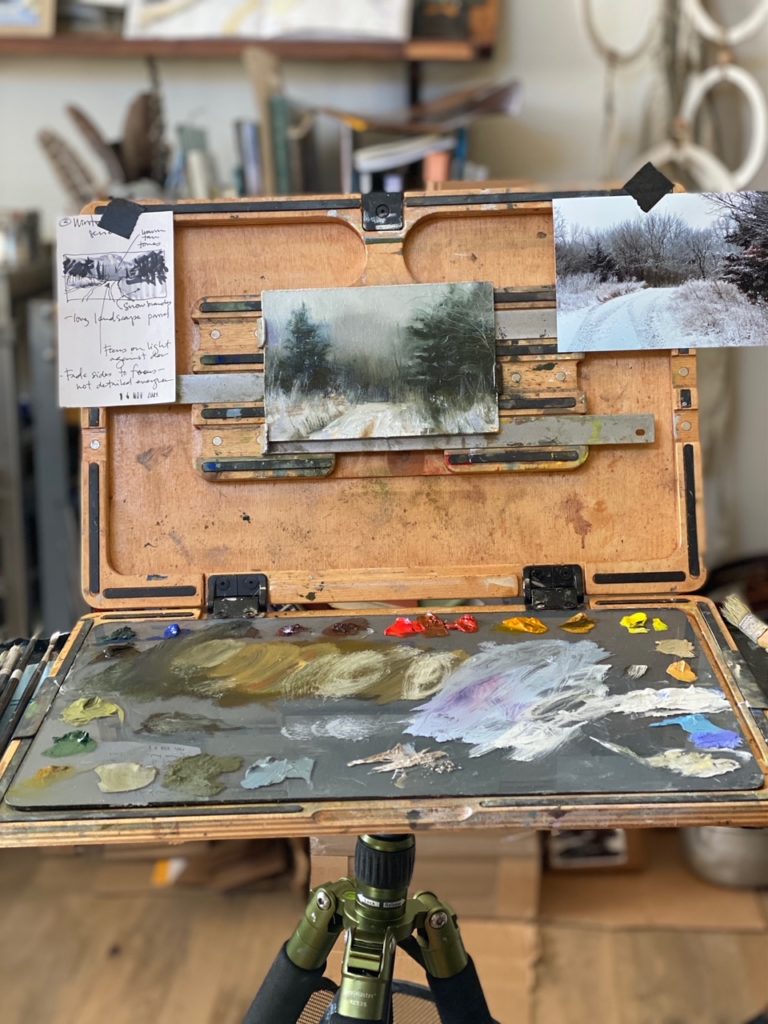
From just a few quick sketching in the field sessions, I was able to complete a series of paintings. I relied heavily on those color notes on the simple kraft sketchbook.
Below are examples of some small studio paintings. With inclement winter weather, I never would have made it outside to create this many studies.
I hope that I’ve given you some ideas to strengthen your outdoor studies so that you’ll feel comfortable working in the studio with gathered reference.
It took me a while to get to this point, but I thoroughly enjoy both my outdoor and indoor painting sessions!
